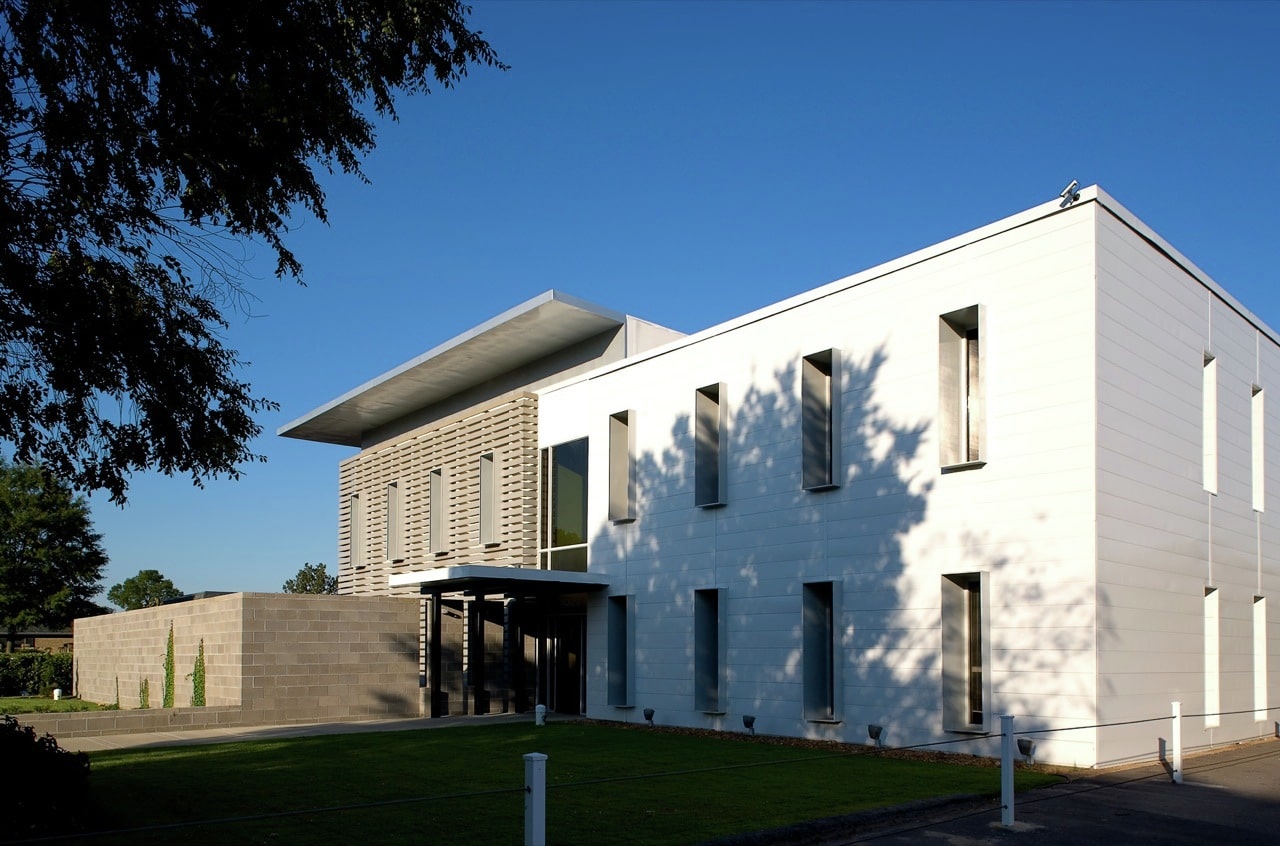The INS has released plans to drastically alter the current naturalization system in order to “promote integrity and timeliness.” The INS plans are based on reports issued by accounting firms KPMG Peat Marwick and Coopers & Lybrand that were commissioned by the INS in the wake of the highly publicized story of the INS naturalizing thousands of criminals in 1996. KPMG Peat Marwick was hired to focus on determining how many naturalization applicants were mistakenly naturalized and Coopers & Lybrand was charged with coming up with a reform plan.
Pressure on the INS to improve the process stems also from the fact that the agency now has close to two million applications in its backlog and processing times are in excess of two years in several parts of the country.
Last year, we reported on the INS takeover of the naturalization fingerprint process. The INS now says it will spend millions to switch over to switch to an electronic fingerprint system that will dramatically cut down on problems with the quality of the fingerprints and cut the FBI response time from four months to just a few days. Electronic fingerprints will be taken at several points in the naturalization process.
The INS also plans to use bar codes and the Internet to speed up processing. The goal is to get the process down to six months and to clear out the backlog in cases.
Under the new plan, applicants for naturalization will be provided with information at the beginning of the process that will enable applicants to better be able to screen themselves if they are not eligible to continue the naturalization process.
The first step in the process will involve a call to a new INS telephone center. An electronic file on the applicant will be created and an application form containing biographical data on the applicant as well as a bar code will be generated.
The applicant will then be authorized to take the required tests on English and US civics. The tests will be standardized around the country. The INS has just announced that like fingerprints, it will soon take over all testing responsibilities and privately run testing centers will be closed. The test will now be at the beginning of the process in order to more quickly screen out ineligible applicants.
At the time of testing, applicants would submit two forms of identification (one of which will be the green card) and have their fingerprints taken electronically. When the test is passed, fingerprints would be taken again electronically and digital photos of the applicant will be taken. The fingerprints would then be sent electronically to the FBI for clearance.
After all of this is done, the applicant will then complete the application and submit it along with the supporting documents. Fingerprints would be taken again electronically at the time of the final interview. Applicants will be sworn in immediately following the interview.
The INS has not released a specific timeline to implement the whole procedure, but notes that it is a long term process.
The INS memorandum outlining the new process is now linked through the Siskind, Susser, Haas & Chang Documents Collection at https://visalaw.com/docs/.
Disclaimer: This newsletter is provided as a public service and not intended to establish an attorney client relationship. Any reliance on information contained herein is taken at your own risk.
